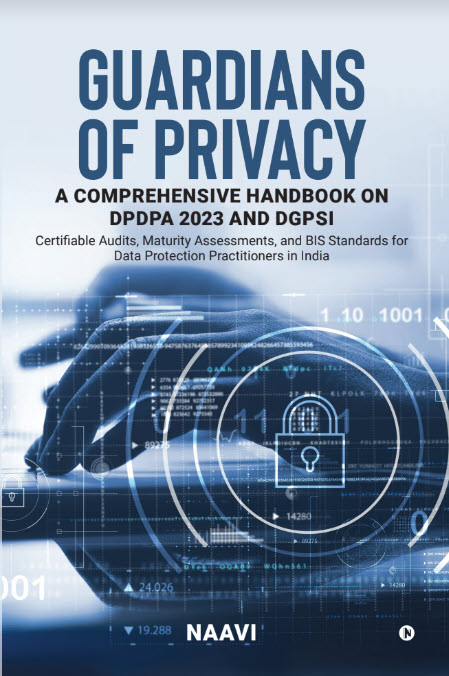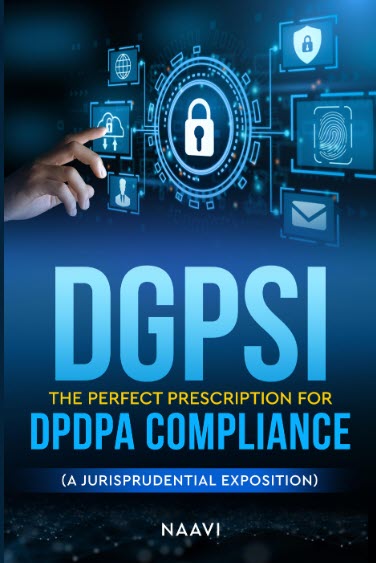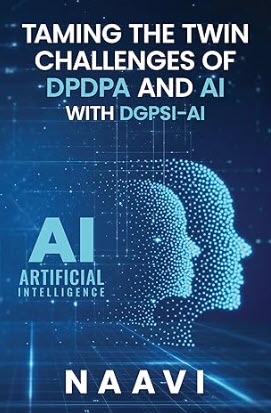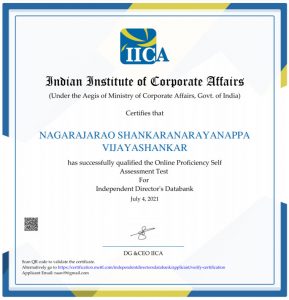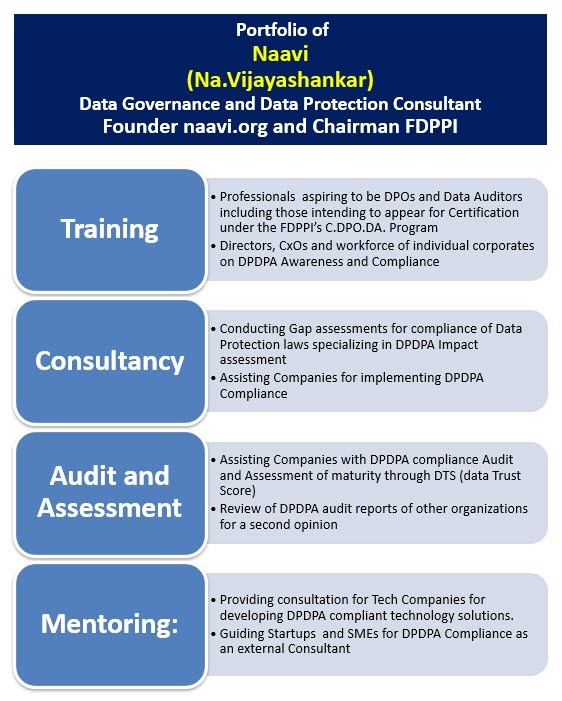I was just recalling that on 17th December 2022, I was conferred a Life Time award for Cyber Jurisprudence in Chennai. It was a coincidence that on 17th December 2023, at Hyderabad, a “Lifetime Achievement Award for Privacy” was conferred by EndNow Foundation of Hyderabad.
These will continue to inspire me for further work in the field.
Today on December 17, 2025, I am pleased to announce officially the release of the framework “DGPSI-GDPR” which marks the extension of the Made in India for India framework of DGPSI for the global world. This could be the beginning of a new era of DGPSI family growing into a global family of frameworks. This could be a self determined life time achievement which gives satisfaction and a sense of fulfilment.
Closely followed by DGPSI-GDPR, we are adding two more extensions to DGPSI-India in the form of DGPSI-Data Processor and DGPSI-HR. DGPSI-Data Processor provides an Indian Data Processor equipping himself with a DPDPA Compliance culture voluntarily to increase his competitive position in the market. DGPSI-HR has been envisaged for those companies who donot have any individual customer data because they are a B2B organization, but have employee data for which they are still the data fiduciary under DPDPA 2023.
Request professionals to encourage these developments and participate in the further development of these frameworks.
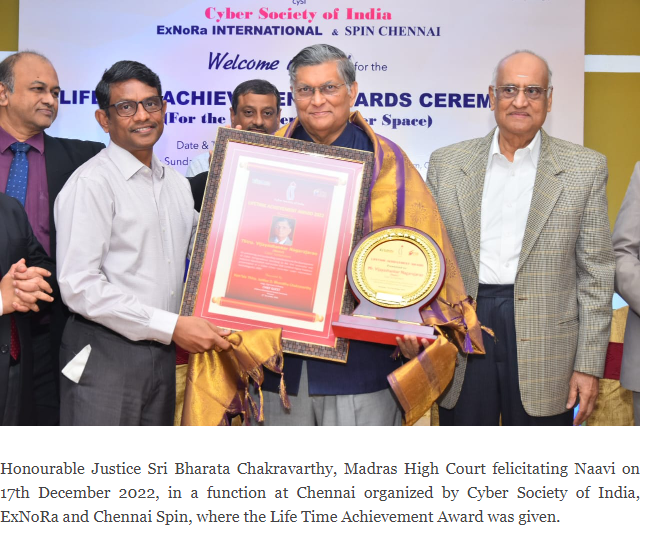 |
 December 17, 2023 Life time achievement award for Privacy at Hyderabad…Socialwood conference of Endnow Foundation December 17, 2023 Life time achievement award for Privacy at Hyderabad…Socialwood conference of Endnow Foundation |
Naavi



